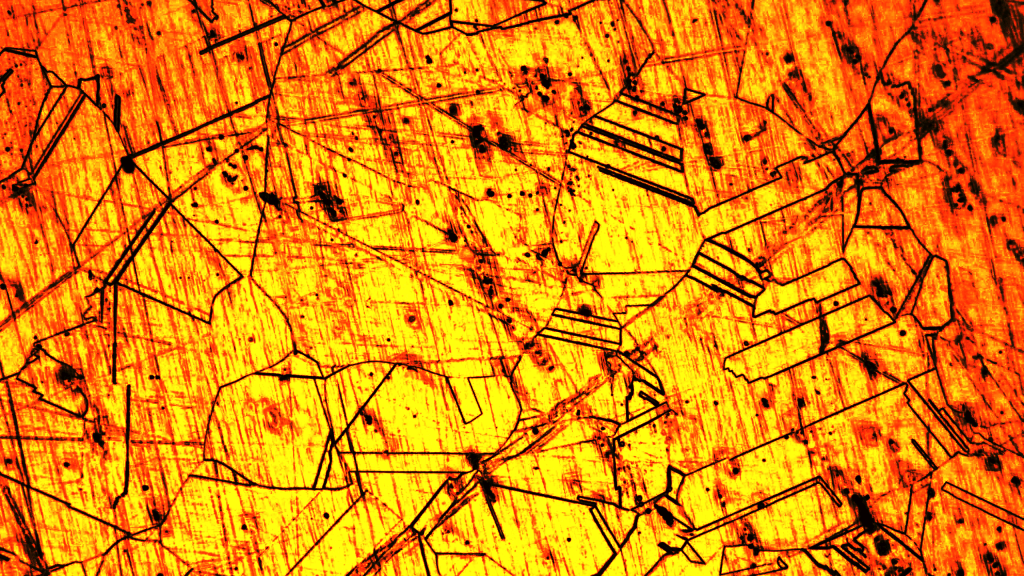Yes we certainly do become a bit fanatical. Why? Why is that? Let’s take a look:
Because the basic hypothesis here is is that our actions directly affect our environment. It really is that simple. It’s no different than pouring a tonne of cyanide into a lake. What do you think is going to happen? Fish will die is what will happen. Likewise, modern technology can and does have the potential to affect the atmosphere. You can either accept it or you can bury your head in the sand like an ostrich.
I think a lot of people don’t get the connection between the vibration of countless tiny molecules and temperature. That’s why I like to share this information.
When you study science, you soon learn that scientists must be open minded. A closed-minded scientist is all but useless. What good would it do a scientist if their own personal belief systems got in the way of their research? Can you imagine if I “didn’t believe” that fluorine gas reacts violently with potassium? So I go to the chemical laboratory and proceed to mix 4kg of potassium with 100 moles of fluorine gas, “just for fun”, because I “believe” nothing is going to happen. That would be a very dangerous personal belief. Right?
A scientist can take a look at new data and go “oh okay, that’s news to me.” You’ve now changed his outlook and it has only taken a few minutes/hours. But it has taken the rest of the world THREE DECADES to catch up. THREE DECADES! And still you have people who don’t believe there is a correlation.
It truly baffles me. I think the denial has NOTHING to do with carbon dioxide vs temperature and it has EVERYTHING to do with people’s lifestyles and careers.
Why don’t you deny atomic charges? Or electromagnetism theory? Or molecular bonding? No. You cherry pick the parts of science you want to agree with and to hell with the rest of it (most likely because you drive a car and you want to *continue* driving it).
Did you know that it actually takes more time to become a science doctor than a medical doctor? It took me nine years of full time study. Where is the respect? For many people, there isn’t any. And it probably takes close to two whole decades to become a professor… these are *very* knowledgeable people.
So, yes. Yes we do become a bit fanatical. We become fanatical because the fossil fuel industry even knows it to be true, but they don’t do anything! We become fanatical because you have people like googly-eyed “Lord Monckton” claiming they know what they are talking about when in reality they are totally scamming people.


